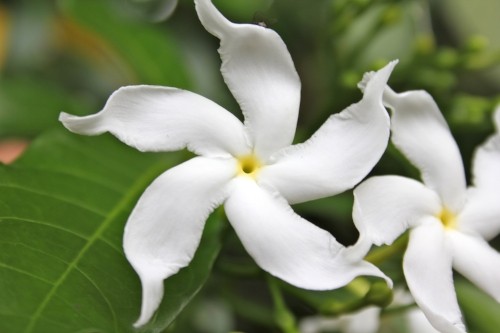Sananga
22,00€
Sananga is an ancient Amazonian medicine that is used in the form of drops applied to the eyes as eye drops.
In the Amazon, Sananga eye drops are widely used by various tribes, since its effect helps them improve their hunting skills, improving their vision in the dark and depth of field, accessing clearer and more refined vision.
Medicinal benefits of Sananga drops:
-Sharpens night vision. Treats and prevents eye diseases such as glaucoma, cataracts, farsightedness, myopia, astigmatism and blindness.
-Detoxifies the body. Increases visual perception and improves colors.
-Restores the energy field.
-Helps with mental disorders such as addiction, depression and anxiety, Treats spiritual illnesses caused by negative energies in the body.
Sananga is tranquilizer, antioxidant, antibacterial, antimalarial, relaxing, analgesic, insecticidal, antivenom, anticonvulsant and antiepileptic, and a remedy against headaches, gas, cough and diarrhea.
Presentation: 5ml
Precautions: Contact lenses must be removed before applying Sananga.
Storage: Keep bottle refrigerated.









